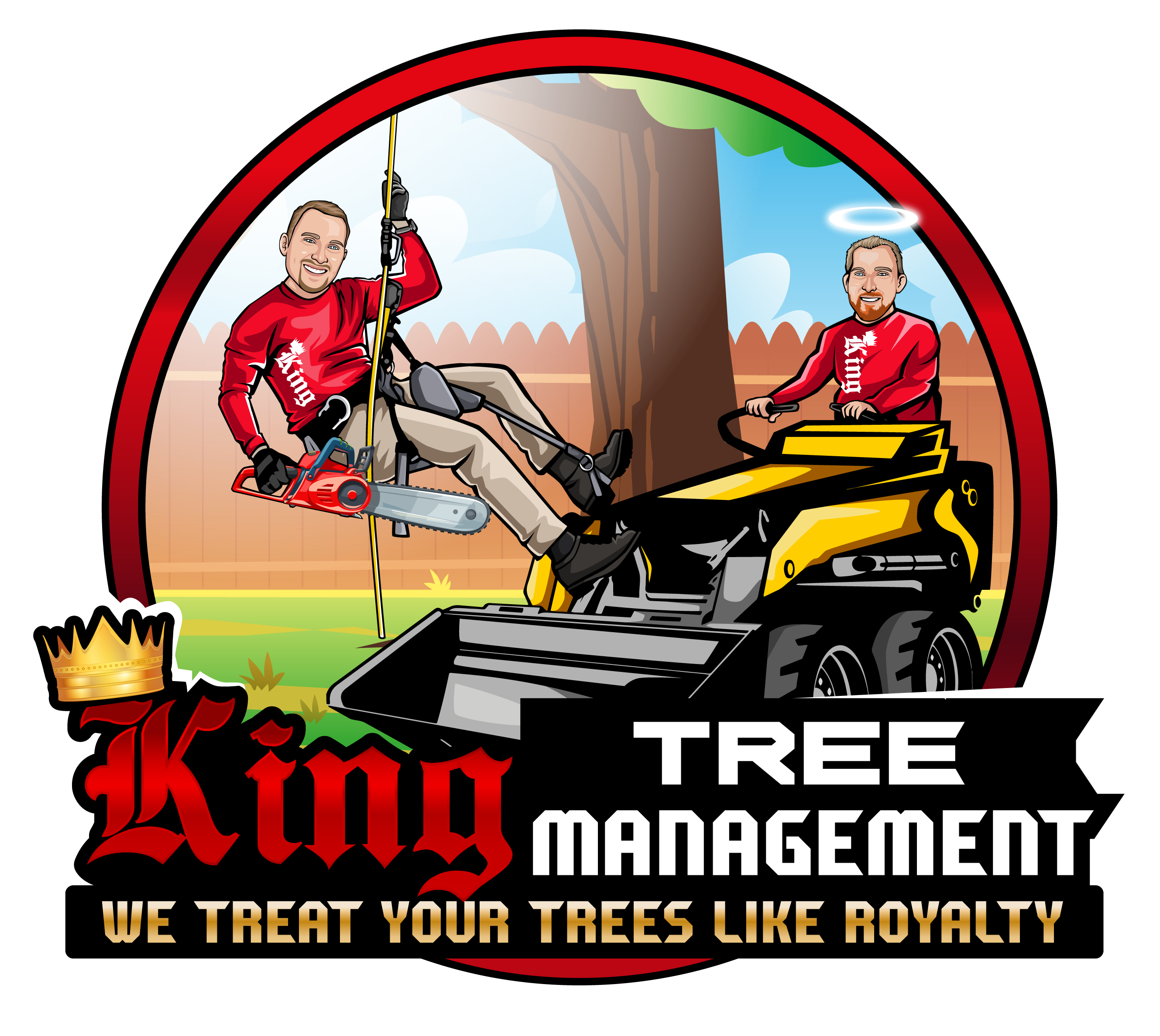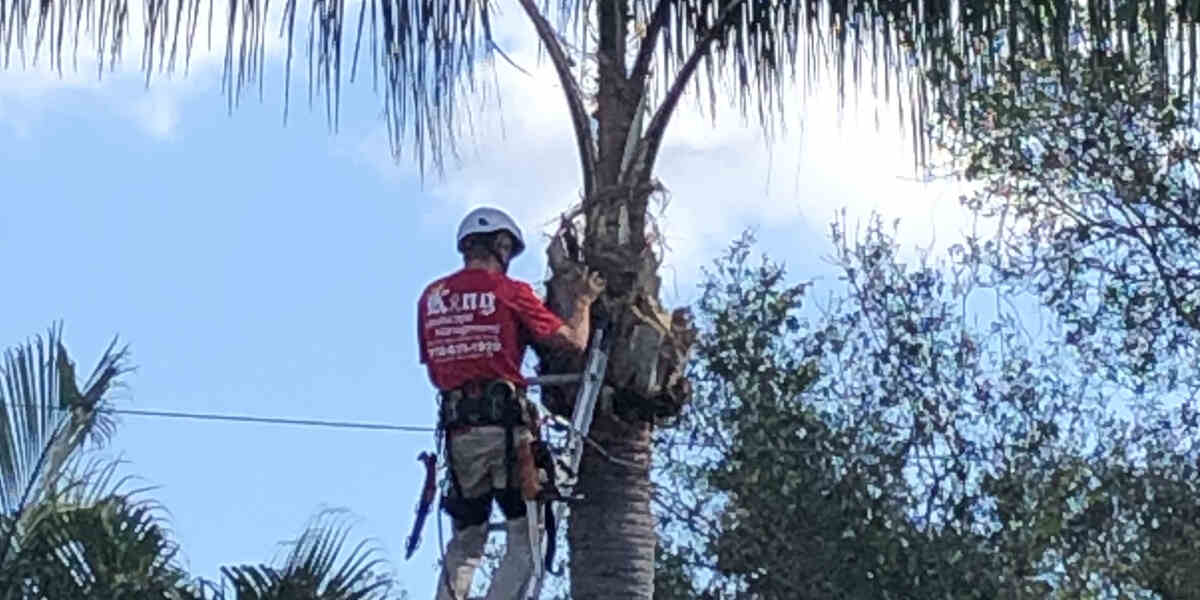What does the process around hazardous tree removal entail? Once you find out, you’ll understand why it has to be a professional job.
Read on as King Tree Management, your experts in tree removal in Vero Beach, FL, share more about identifying and safely handling hazardous trees.

How to Recognize a Hazardous Tree
First, let’s look at how to identify hazardous trees. The basic definition involves a tree that has extensive structural damage. Due to this damage, the tree or part thereof could fall at any time.
If you’ve had any experience planting trees, you already know that saplings weigh a fair amount. Mature trees and each of their branches weigh a lot more. If they fall, these branches will cause significant injury or damage to anything that gets in the way.
You can recognize a dangerous specimen by the following signs:
- Several dry, brittle, or dead branches
- Significant cracks or wounds in the bark
- Weak joints between the branches and the trunk
- Decay in the trunk or branches
- Cankers
- Root issues like lifting or rotting
- A sudden lean
How Experts Deal With Hazardous Trees
Most arborists consider hazardous tree removal only after conducting a thorough risk assessment. Some basic options before removal include the following:
- Prune the dead wood or weak limbs to prevent further damage.
- Transplant the tree.
- Use cables or bolts to strengthen the tree’s infrastructure.
- Support recovery with nutrients and water.
What Happens During Hazardous Tree Removal?
Your arborist will assess the situation to determine the best strategy. If there’s enough room for the tree to fall without damaging any property, they may suggest removing some branches and cutting the trunk down one piece at a time.
The professionals follow a simple process for felling a tree, including the following steps:
- Calculate the fall zone according to the direction the tree leans.
- Mark out an escape route.
- Clear away tripping hazards.
- Tie a rope to the trunk.
- Start cutting the notch (on the side the tree will fall toward).
- Make a V-shaped notch using axes or a chainsaw, adding a wedge so that the trunk doesn’t trap the blade. The notch must only extend halfway through the trunk.
- Move to the opposite side. Start cutting toward the notch’s outermost point.
- Use the escape route to get out of the way (at this point, the tree should have started falling).
- If the tree doesn’t topple, the arborist’s team will tug on the rope to bring it down.
Most people assume that tree removal automatically includes removing the wood from their property. However, it’s always best to clarify this with your chosen tree removal service provider. There may be a cost involved.
Contact Our Tree Experts For Help Today!
Now that you understand more about what hazardous tree removal entails, you may also want to safely cut down a tree close to your house or learn about tree care. Whatever your trees need, King Tree Management’s team can help.
Call King Tree Management at 772-633-1939 for assistance today and help your trees thrive!



